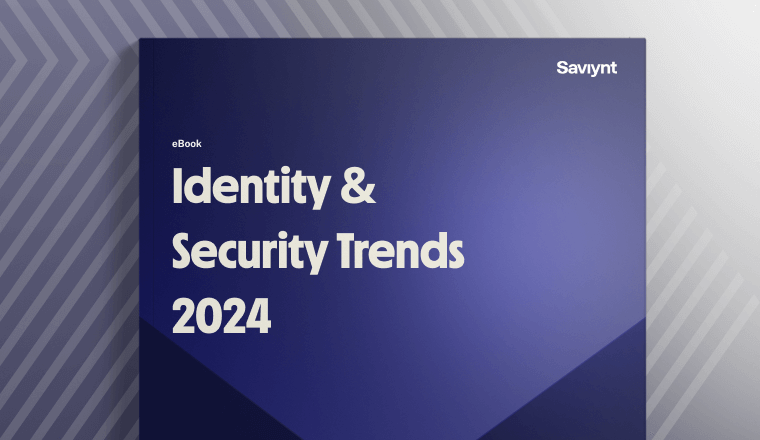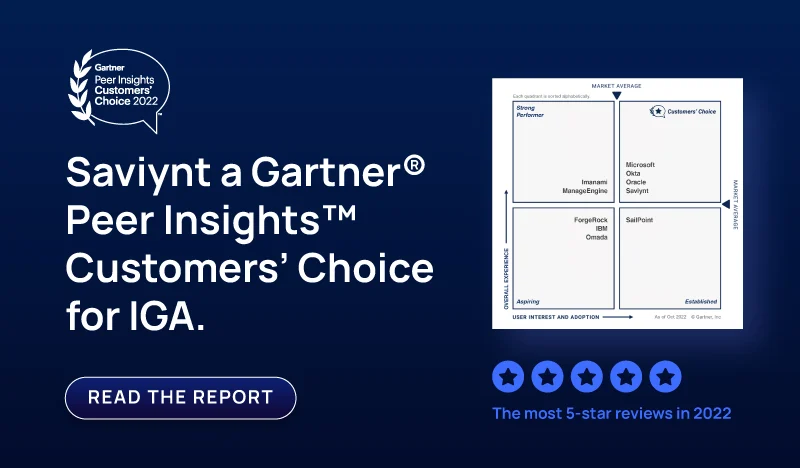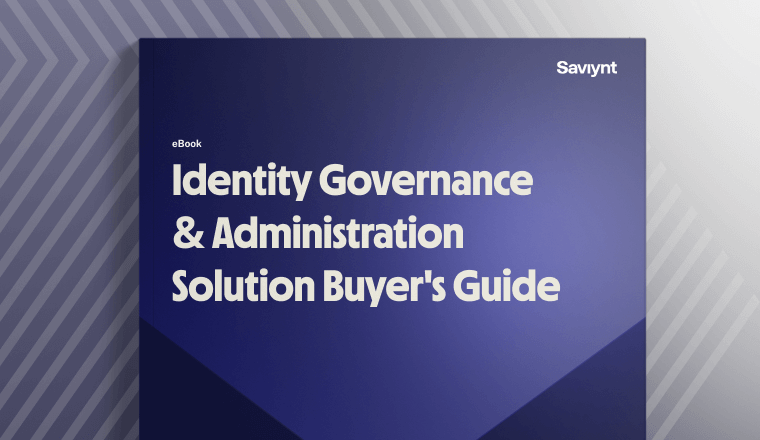How Modernizing Identity Management Frees Your Organization From Slow, Risky Approval Processes
Access request management is a fundamental aspect of the identity lifecycle — and it can be an incredibly cumbersome process. Admins are responsible for provisioning, de-provisioning, and onboarding, as well as enforcing data rights, access governance rules, and the least privilege principle. They’re also in charge of ensuring audit readiness and compliance with domestic and international security and privacy regulations. Add in the complexity of hybrid ecosystems and manual processes, and it’s clear how labor-intensive, time-consuming, and expensive access request management can be.
In this blog, we’ll take a closer look at these day-to-day demands and hone in on five essential benefits organizations can realize when they embrace automation.
What is Access Request Management and Fulfillment?
Access request management involves receiving, evaluating, and approving or denying user requests to interact with data and organizational resources. Managing this process is more than just assessing the identity of the requester and the access type — it’s a balancing act between organizational security and operational efficiency. Managers and IT approvers face the daunting task of evaluating these risk factors across a breadth of legacy and emerging technologies, as well as evolving regulatory pressures from the California Consumer Privacy Act (CCPA), the Sarbanes-Oxley (SOX), and the General Data Protection Regulation (GDPR).
Once a request has been evaluated, IT or application administrators have to manually add the requester to a role, create an account in an application, add the user to a group, or some other action. Often access is described in business terms which do not easily translate to precise technical detail, leading to “best guess” entitlements. This confusion increases the risk that organizations will fall short of least privilege, expose sensitive data or mission-critical resources, and violate compliance regulations.

In addition, hybrid environments add different types of resources that expand beyond applications and roles to include cloud infrastructure, SaaS applications, shared data, service accounts, RPA, and other new types of access. In this complex ecosystem, intelligent automation can drastically improve your business operation in five key areas.
1. Create Better User Experience
In legacy environments, data or resource access requests often happen in emails, phone calls, or in an IT service management ticketing system. In a modern identity implementation, an Identity Management (IDM) tool or process that allows self-service access requests makes security and compliance easier through consistent enforcement and tracking of digital identities across the IT ecosystem.
A modern tool with both an online request process and a fulfillment engine can streamline service; intelligent access analytics can save organizations time and money by suggesting appropriate access and highlighting risky requests. This expedites the approval/denial process based on recommendations and minimizes the approval times. A consistent, intuitive automated process reduces the workload for requesters and approvers and increases employee productivity.
2. Mitigate Human Error Risk
Manually serving a high volume of access requests in a fast-paced environment is a recipe for human error. To avoid potential delays, requesters will submit access requests for permissions above and beyond the scope of their task. Over time, this can lead to privilege creep.
Additionally, excessive access requests violate the principle of least privilege. Unfortunately, IT managers and administrators often approve all access requests with little scrutiny to avoid appearing obstructionist — as well as a lack of familiarity with fine-grained access. Other common human error risks are a lack of access tracking and the failure to limit the duration of access.

Approval isn’t the only aspect of access requests vulnerable to human error. Service of access requests is equally susceptible. The potential for a typo or erroneous group selection can easily result in a lack of access, excessive access, or improper group membership. All of these can create security or privacy violations or even lead to a data breach.
Automating access requests and fulfillment removes the human error risk factor and promotes least privilege by flagging unnecessary or excessive access for requesters and approvers. Typographical and selection mistakes are eliminated as well.
3. Establish an Audit Trail
An audit trail is a sequence of electronic records or logs that document events, including who was involved, what activity took place, where it occurred, and the time/date the events took place. However, using manual processes to compile access request logs and digital identity tracking for audit can be extremely arduous.

Automated logging of access requests ensures the creation of accurate audit trail documentation for regulatory compliance purposes. Audit trails prove that at any given time, only appropriately authorized people had access to sensitive data or restricted resources. This is crucial in demonstrating compliance with regulations such as PCI-DSS, HIPAA, SOX, GLBA or GDPR.
4. Increase IT Department Productivity
Automating low-risk access request approval and fulfillment alleviates a major manual burden, accelerates approval times, and increases available cycles for other projects. Additionally, access requests can be approved with automated mitigating controls such as an automatic review date or an end date.
5. Streamline Compliance
With an automated and centralized location for logging and audit trail documentation, admins have an accurate and easily accessible repository of evidence for regulatory compliance. In addition, automated report generation makes it easier to verify and prove that the data and resource access was restricted or granted appropriately per security, compliance, and privacy regulations.
Why Saviynt? Intelligent Identity to Ease Operational Burdens
Saviynt’s integrated compliance controls, intelligent analytics, and continuous monitoring and documentation can deliver all the critical capabilities you need to automate your access request and fulfillment process. Our converged platform ties entitlement management to the principle of least privilege, improves company-wide visibility, and reduces the errors associated with manual identity management.
With our peer and outlier analytics, we can help you identify risky access combinations and determine the appropriate approval process before fulfillment. If you’re running into audit issues with regulations such as PCI-DSS, HIPAA, SOX, GLBA or GDPR, we can help you establish an audit trail, streamline oversight through continuous monitoring, automate logging, and demonstrate regulatory compliance.
If your team wants to ease operational burdens, secure your data, and streamline your digital environment, it’s time to modernize and embrace an automated, identity-based approach.





-1.png)






